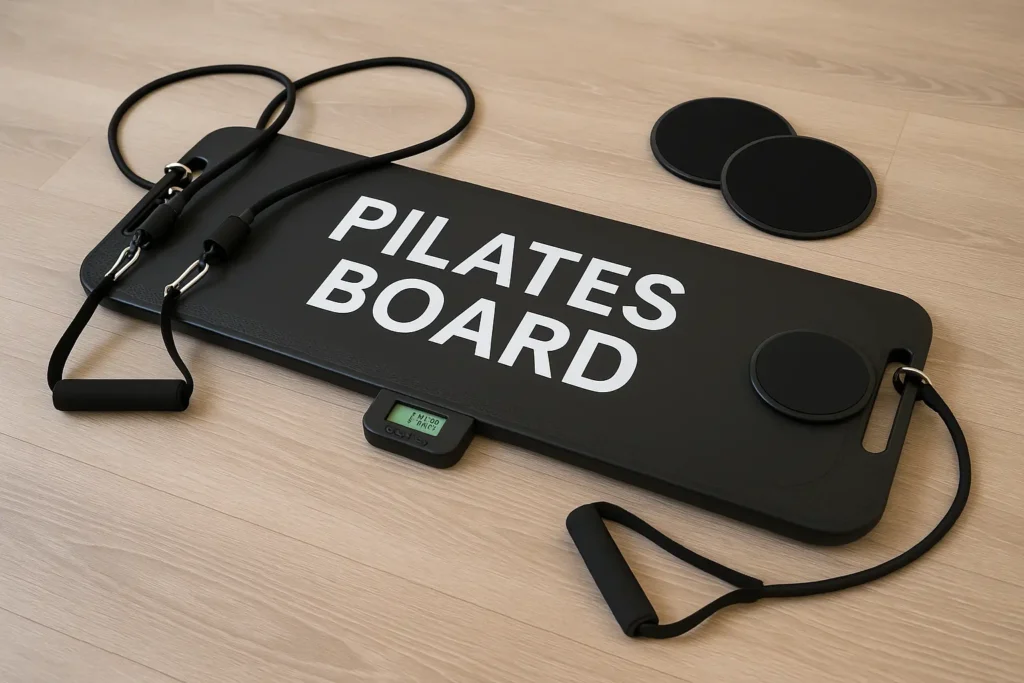Now Reading: How to build a big back: Best Aussie workout guide
-
01
How to build a big back: Best Aussie workout guide
How to build a big back: Best Aussie workout guide

A big back represents strength, power, and balance rather than only a cosmetic objective for gym goers. Building a wide, thick back offers not just that amazing V-taper but also improved posture, core stability, and injury prevention for many Australians visiting the gym. This article will coach you through how to build a strong and muscular back, whether you’re setting up a home exercise area in Brisbane or exercising at a local gym in Sydney.
Why building a big back matters
A well-developed back is important for posture, spine health and daily motions including lifting, twisting and even breathing—not only for large lifts. Back strength is essential to preserving physical health and lowering the risk of pain or long-term damage in Australia, where work-from-home and desk-based occupations are very prevalent.
From an appearance standpoint, one of the most striking muscle groups to develop is the rear. A broad back accentuates general body proportions and helps the waist appear smaller. Among many Aussies, it also greatly affects performance in sports including surfing, swimming and rugby—favourites.
Understanding back muscle anatomy
You must know which muscles you are working on if you want a strong back.
- Latissimus dorsi (lats): The biggest muscle in the back, responsible for that “wingspan” appearance.
- Trapezius (traps): Spanning the neck, shoulders and upper back; adds thickness and strength.
- Rhomboids: Deep upper back muscles supporting scapular motion.
- Erector spinae: Runs along your spine and supports posture and heavy lifting.
- Rear deltoids & rotator cuff muscles: Smaller muscles that support shoulder stability and control.
By focusing on all these areas, you ensure that your back develops uniformly, which helps prevent imbalances and optimises strength gains.
Top workouts for a strong back
Emphasise complex motions with strong resistance supplemented by accessory isolation workouts if you want to develop your back efficiently.
1. Pull-ups and chin-ups
These are basic. While chin-ups draw in the biceps and upper back, wide-grip pull-ups target the lats for breadth.
Tip for Aussies: If you are a novice, use aided pull-up equipment; if you want to advance, add weights using a dip belt.
2. Lat pulldown
This exercise is ideal for beginners or those recovering from injuries. To hit different angles, change your grip—wide or neutral.
3. Barbell bent-over rows
Create major lat development and mid-back thickness. Maintaining a neutral spine, requires deliberate motion.
4. Dumbbell rows (single-arm)
Perfect for separating the sides of the back, it enhances muscular symmetry and fixes asymmetries.
5. Deadlifts
Deadlifts are a must-do for complete back development, working everything from your lower back to your traps.
6. Chest-supported rows
Targeting the lats and rear delts with excellent form will help minimise lower back tension.
7. Shrugs
Create those upper traps for strong neck support and a wonderful appearance.
Sample big back workout routine
Each week, alternate Width Day with Thickness Day to guarantee enough rest and healing between exercises.
Workout A: Width focus
- Four sets of six to twelve pull-ups
- Four sets of ten to twelve repetitions in lat pulldown
- Perform three sets of eight dumbbell single-arm rows for each arm.
- Three sets of twelve to fifteen dumbbell shrugs
Workout B: Thickness focus
- Four sets x six to eight repetitions barbell deadlift
- Four sets of eight to ten barbell bent-over rows
- Perform three sets of 10 to 12 repetitions of the chest-supported row.
- Reverse fly—machine or dumbbell—three sets x twelve to fifteen repetitions.
To increase control and mobility, add Australian rows—inverted body rows—using a barbell rack or suspended straps.
Training principles for best results
1. Progressive overload
Increase weight gradually, count repetitions, or count time under tension. Track every exercise to always be becoming better.
2. Mind-muscle connection
Don’t merely raise; pay close attention to the muscles contracting, particularly in rows and pulldowns.
3. Proper form first
Bad form causes injury and wasted effort. Keep your spine firm and steer clear of momentum-based lifting.
4. Warm up and stretch
Warm your back and shoulders using mild band work or dynamic stretches before lifting.
Nutrition tips for muscle growth
Developing a strong back requires more than just lifting; you must also feed the process.
- Protein intake: Daily aim for 1.6–2.2 g of protein per kilogramme of body weight.
- Calorie surplus: Eat more than you burn to support muscle development.
- Hydration: Aussie heat and sweat levels make hydration a priority.
- Recovery: Sleep at least seven to nine hours a night and control stress.
Common mistakes to avoid
- Neglecting lower back: Include deadlifts and hyperextensions to strengthen this vital area.
- Using excessive momentum: Control every rep—particularly in rows and pulldowns.
- Skipping rear delts: These small muscles helps the shoulders to be stable and balances back development.
- Training back only once a week: For better results, train it twice weekly with varying intensity.
Conclusion
Although building a large back requires time, patience, and a clever plan, it is quite worthwhile. Developing a strong back can help Australians seeking to level up their fitness perform better, avoid injuries, and get that classic V-shape body.



























